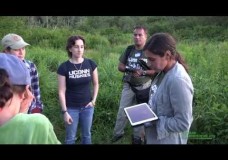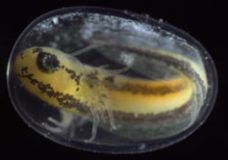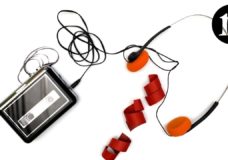UConn BioBlitz 2015
On July 24th – 25th 2015, 49 experts collaborated with >150 citizen scientists to identify 1180 species in a 24-hour marathon of biodiversity survey (see a meta analysis at the bottom of this post). The UConn BioBlitz 2015 had many workshops that continued day and night including Bat activity monitoring, Blacklight/Mercury lamp curtain survey for nocturnal insects, setting camera traps for mammal activity, owl prowl, science expose, ants exploring space as well as tours of Collections Facility and the UConn […]






Recent Comments